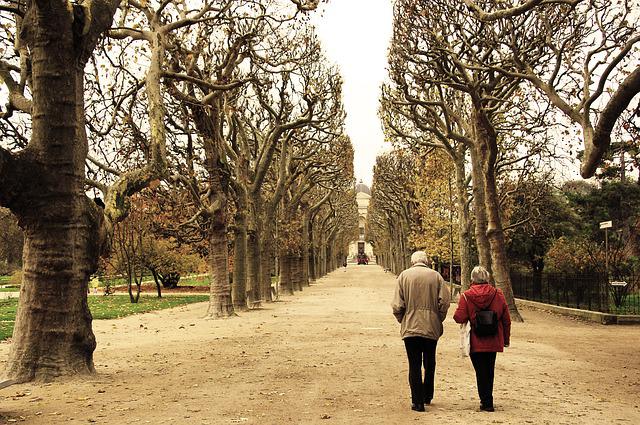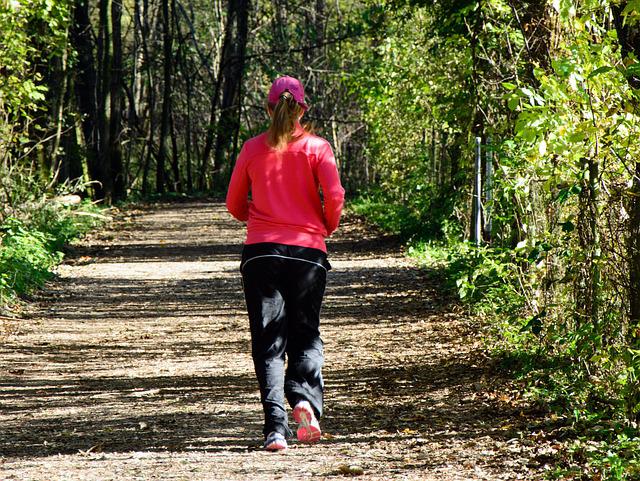Coffee drinkers can celebrate! A new study authored by the head of clinical electrophysiology research at the Baker Heart and Diabetes Institute and head of electrophysiology at Alfred Hospital in Melbourne has found that coffee just might be helpful to your health. Of course, too much of anything is a bad thing; but they have found that drinking two to three cups a day of certain types of coffee can protect people from both cardiovascular disease and early death.

It’s important to note that the study was observational and that a randomized control trial would be needed to fully prove the relationship. But the information so far is quite promising. The study looked at four groups – ground coffee drinkers, decaffeinated drinkers, instant drinkers and non-coffee drinkers.
Their findings concluded that the largest reduction in early death came from those who drank two to three cups of coffee a day, compared to those who drank none. Ground coffee lowered the risk of early death by 27%, while decaf led to a 14% reduction and instant led to an 11% reduction. The findings for irregular heartbeat were even more surprising with four to five cups of ground coffee a day lowering the risk by 17%; two to three cups of instant coffee lowered that risk by 12%.
Certainly, more exploration is needed into all of these considerations. But it does look promising to drink some controlled amount of coffee a day.




